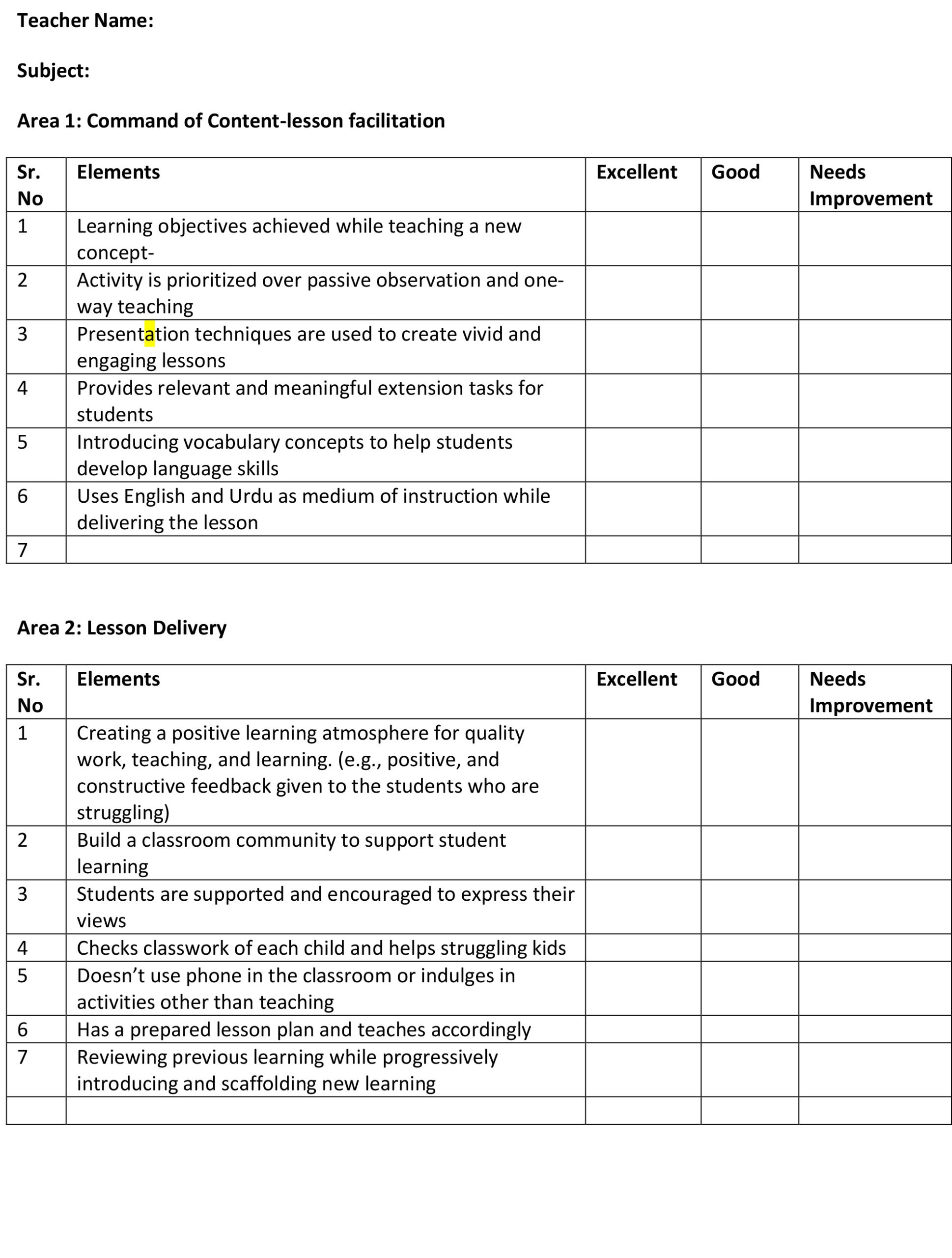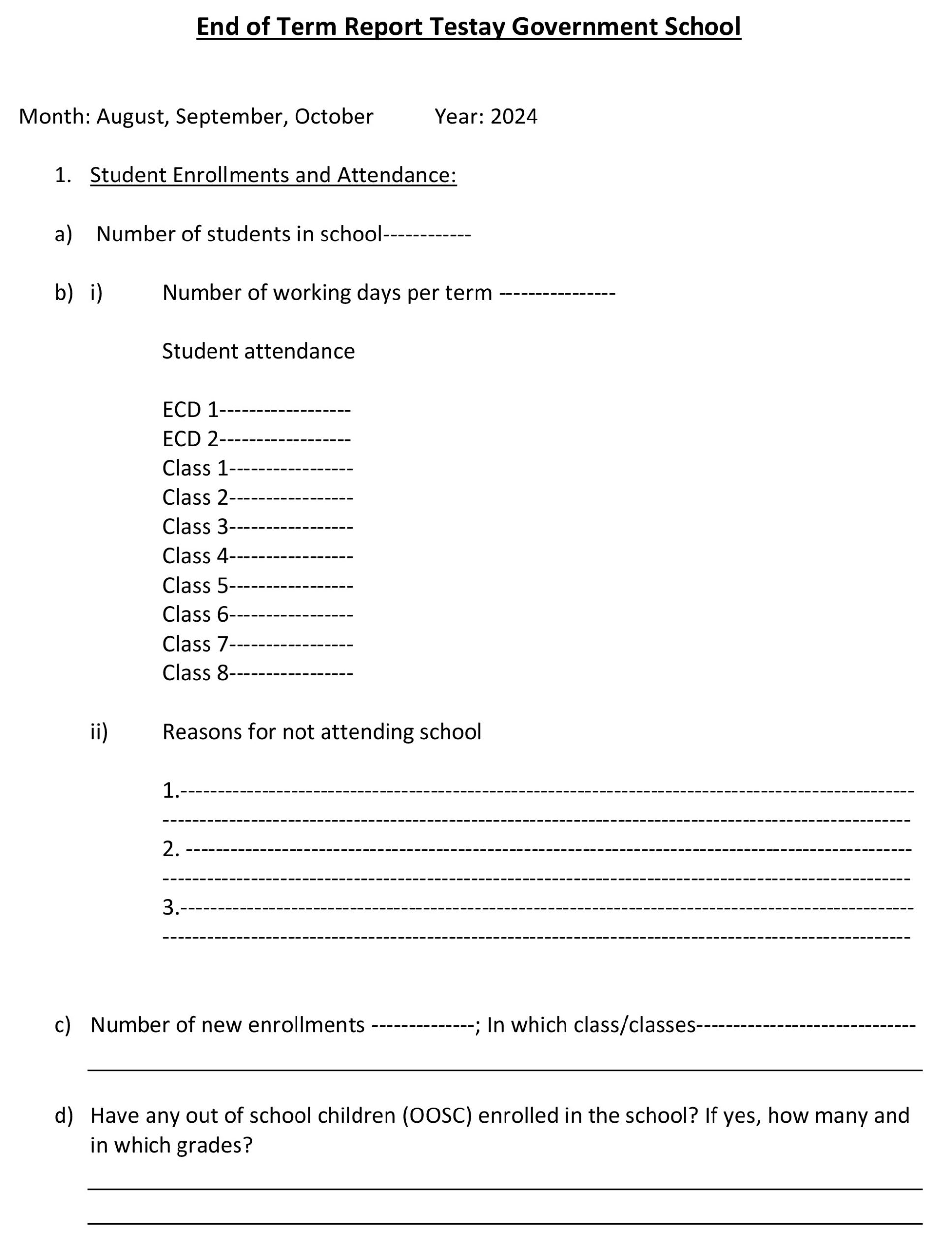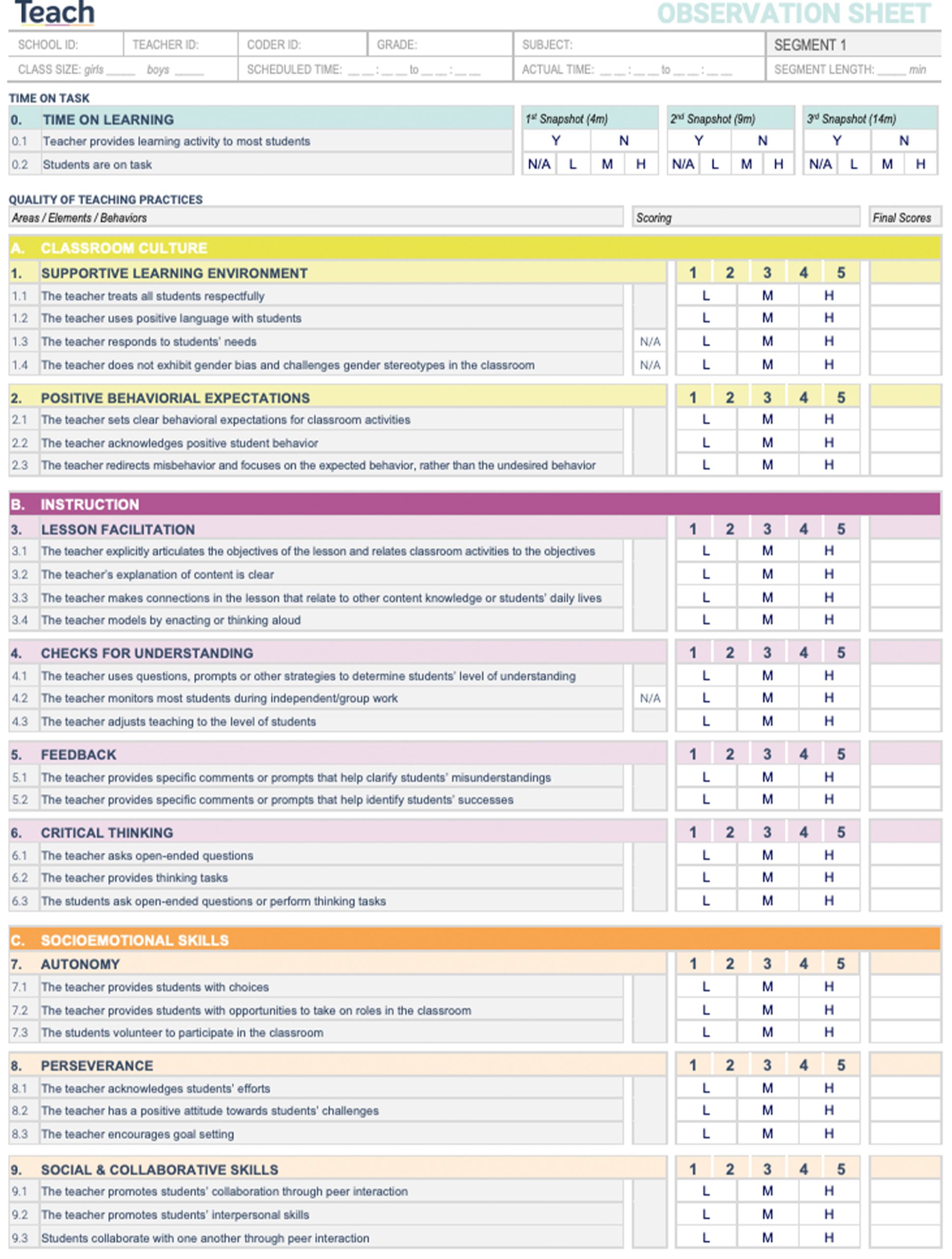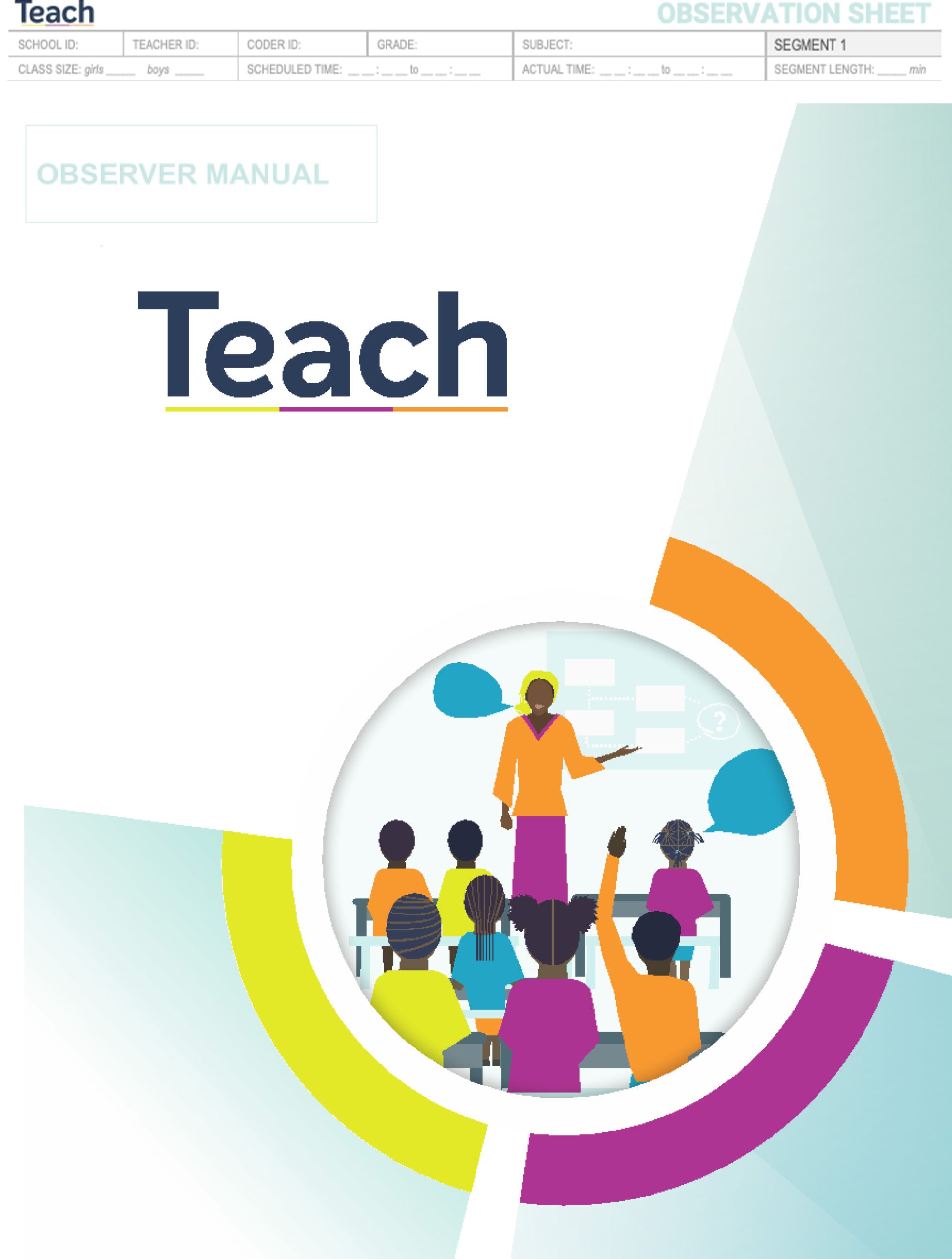Monitoring & Evaluation
Teacher Evaluation Framework
Key Components of Teacher Evaluation:
Observation
Regular classroom observations by school administrators or peers provide valuable insights into teaching practices, student engagement, and classroom dynamics. Observers may use structured observation tools to assess various aspects of teaching, such as lesson delivery, instructional techniques, and classroom management strategies. (TEACH)
Student Feedback
Student feedback surveys or interviews offer perspectives on teaching effectiveness from the primary stakeholders: the students themselves. Collecting feedback from students allows teachers to gauge their impact on student learning, identify areas of strength, and address any concerns or challenges.
Peer Review
Peer evaluation involves colleagues providing feedback and constructive criticism on each other’s teaching practices. Peer observations, collaborative lesson planning sessions, and professional learning communities facilitate the sharing of best practices and the cultivation of a supportive teaching environment.
Self-Reflection
Teachers engage in self-reflection to assess their own teaching practices, set professional goals, and identify areas for growth. Self-reflection may involve reviewing lesson plans, analyzing student work, and reflecting on classroom experiences to improve instructional effectiveness and student outcomes.
Student Achievement Data
Analysis of student achievement data, such as standardized test scores, formative assessments, and class performance, provides objective measures of teaching effectiveness and student learning outcomes. Teachers use data-driven insights to adjust instructional strategies, differentiate instruction, and tailor interventions to meet the diverse needs of their students.
Teaching Resources

Teacher Evaluation (NKMA)
View in PDF

End-Term Report (Testay)
View in PDF

Teach Observation Tool
View in PDF

Teach Obser Manual
View in PDF
